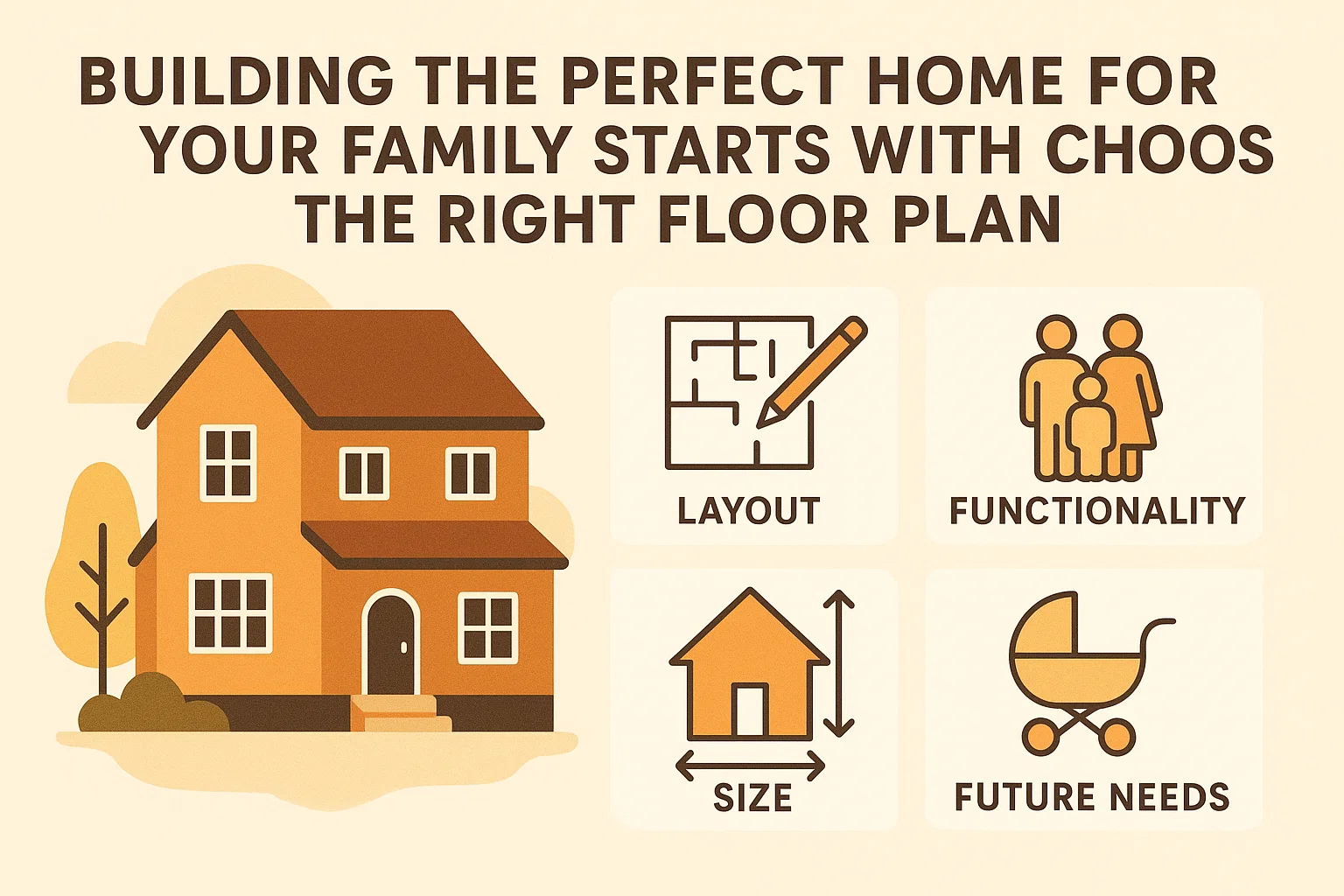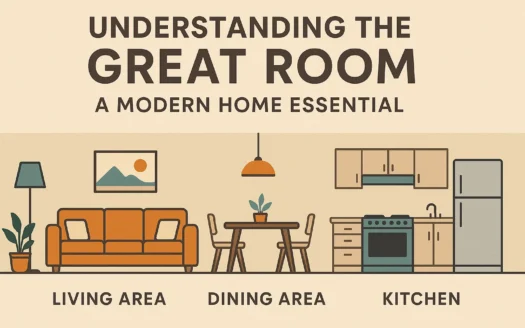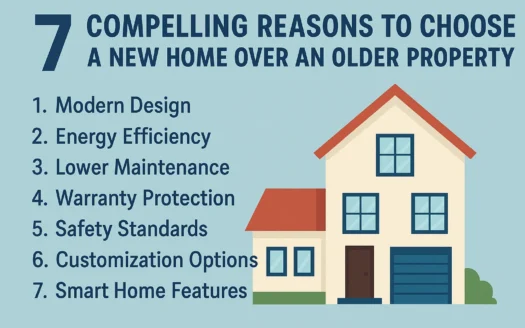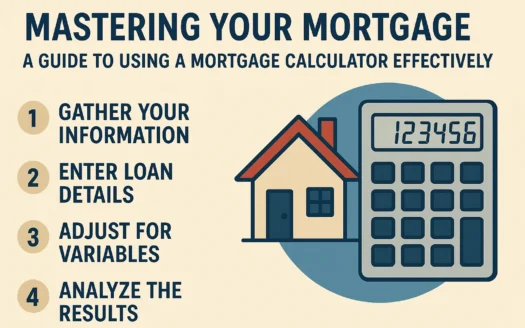Building the Perfect Home for Your Family Starts With Choosing the Right Floor Plan
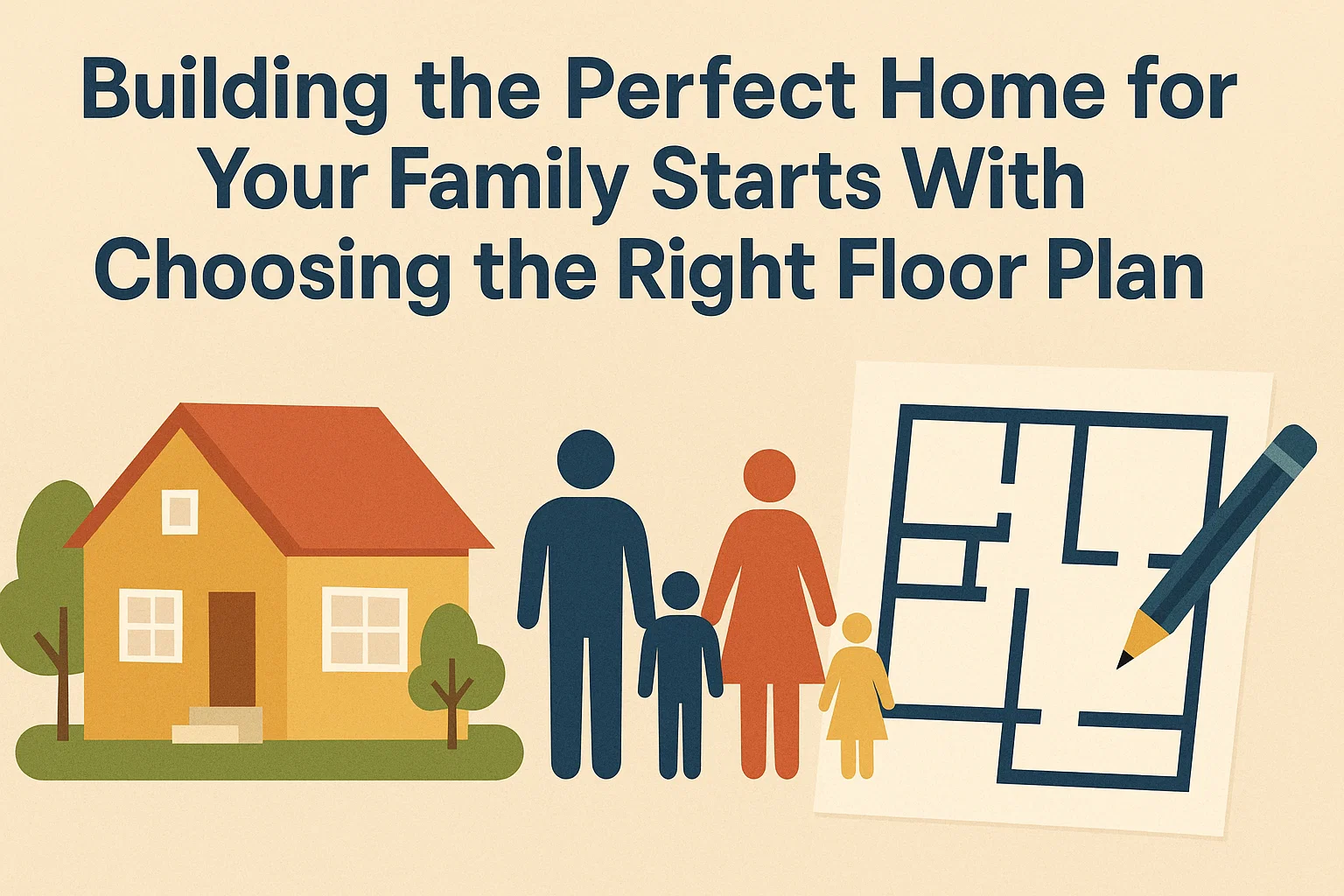
Building the Perfect Home for Your Family Starts With Choosing the Right Floor Plan
Analyze Your Lifestyle
Before putting a pencil to napkin, do some self-reflection on your lifestyle. What areas do you use the most in your current environment? Which rooms do you never seem to step foot in, and what do you wish you had that you don’t? Create a top 10 priority list of your must-haves — but be prepared to pare it down to fit your budget. The reality is that most of us can’t afford nor need a huge home, and with good planning, you can get the most important features in a space that’s affordable.
“Before getting your heart set on one type of floor plan, know what the costs are associated with the layout. Ask a contractor or builder to help you determine costs as you narrow down to the floor plan that fits within your budget.”
If you love to entertain, think about how your living and dining spaces will flow, how much seating you’ll need around the kitchen bar or island, and whether you’ll want a separate dining room or one incorporated into the living area.
“We’ve not built a separate dining room in our custom homes for about five years. Instead, buyers, whether retired empty nesters or young families, tend to prefer a combined living, dining, and kitchen area that encourage conversation and togetherness.”
If you have children, consider bedroom placement. Will you want the convenience of bedrooms near the master, or do you prefer a mother-in-law plan for more privacy? Are you comfortable with the kids’ rooms upstairs, or do you want a one-story design — and is your lot large enough to accommodate it? Talk to a builder to get expert guidance on what will work and the cost considerations. For example, a one-story build is typically more expensive than two-story construction due to additional foundation and roofing requirements.
If you plan to entertain outdoors, consider balancing interior space with outdoor living areas. Decks, porches, outdoor kitchens, and pools add to building costs but may be worth prioritizing if you love spending time outside.
“I have an eight-page questionnaire that I ask each client to fill out. This helps get us on the same page and acts as a frame of reference for everyone involved in the project. Once the client completes it, we discuss specifics for each room and the overall design vision.”
Consider the Surroundings
Site-specific designs maximize the trees, contour, and views on your lot. This often involves a tree and topographic survey, followed by walking the lot to discuss the house’s placement and desired views.
“Depending on where you live could dictate what type of floor plan will best suit your family. Dwellings such as single-family homes provide outdoor space to spread out, while urban attached homes or split-level plans might better fit certain environments.”
Tour Other Homes
Walking through model homes and constructions sites helps you experience how a floor plan “feels.” Focus on flow and functionality for daily activities, and bring your family to gauge their reactions.
“Think about the future value of the property — an attached garage is more valuable than a carport. Make decisions based on how the home flows. Imagine it in a ‘stripped down’ state; the floor plan should feel right because of its layout, not just its finishes.”
